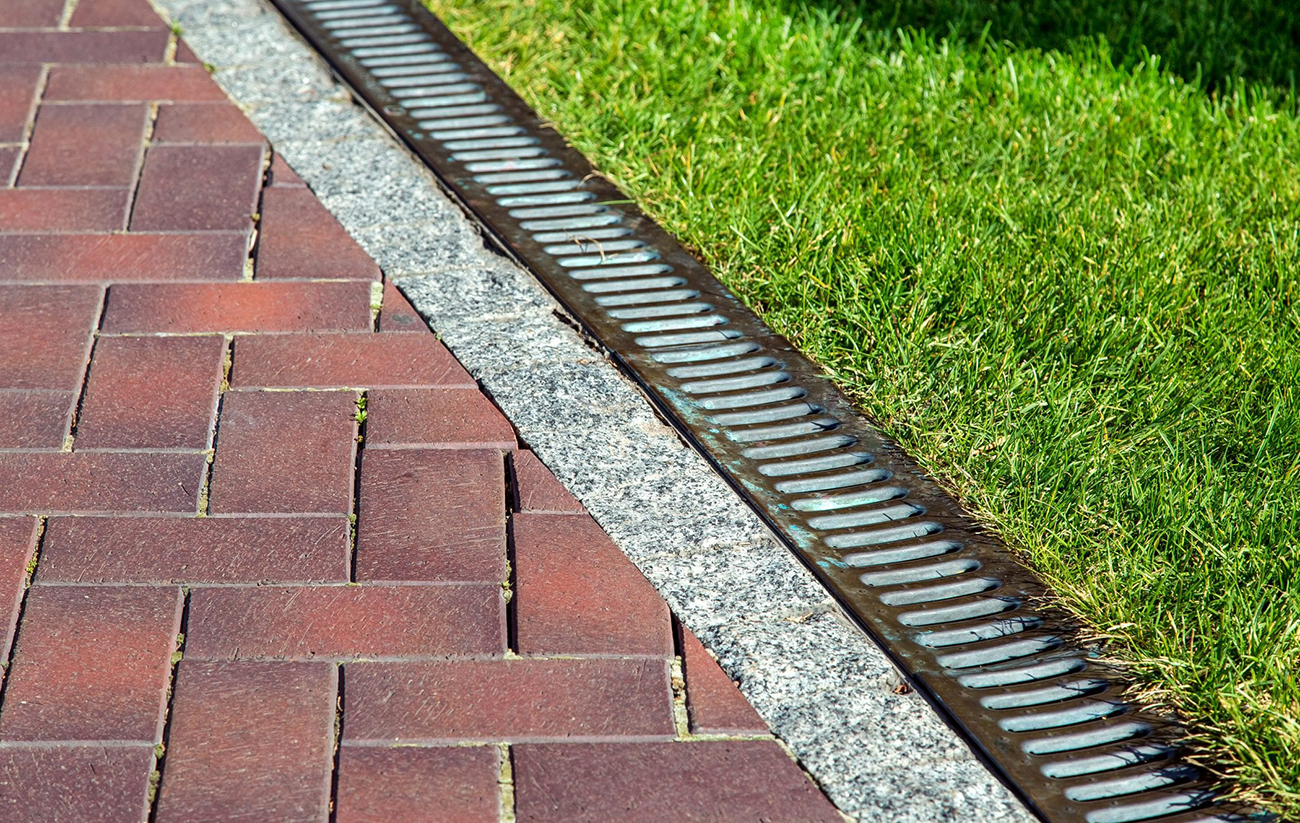
Trends in Urban Drainage Systems
Urban drainage systems are evolving rapidly to address increasing challenges such as urbanization, climate change, and water resource management. These systems are no longer just about redirecting water—they now integrate sustainability, efficiency, and adaptability to reduce environmental impact while ensuring urban resilience. Here are the top trends shaping modern urban drainage systems.
-
- Green Infrastructure Integration: Green infrastructure solutions, such as bio-swales, green roofs, and permeable pavements, are gaining popularity for managing stormwater naturally. These systems allow water to infiltrate the ground, reducing runoff while improving water quality.
Benefits:-
- Reduces strain on traditional drainage systems.
- Improves urban aesthetics and biodiversity.
- Mitigates flooding and urban heat island effects.
Example Product: 20mm & 30mm Drainage Cells efficiently channel water in green roofs, planter boxes, and garden spaces. -
- Modular Drainage Solutions: Modular systems like drainage cells and cuspated drainage sheets provide flexibility and scalability for urban projects. These systems are lightweight, easy to install, and customizable for various applications, from residential gardens to commercial developments.
Benefits:-
- Fast and cost-effective installation.
- Adaptable for both horizontal and vertical applications.
- Durable, long-lasting performance.
Example Product: Cuspated Drainage Sheets with Geofabric offer superior drainage while preventing soil erosion and waterlogging. -
- Sustainable Water Management: Modern urban drainage systems prioritize sustainability by integrating features that reduce water wastage and recycle stormwater for reuse. Such approaches help cities manage water resources more effectively while addressing water scarcity.
Benefits:
-
- Reduces dependency on municipal water supply.
- Enhances water conservation efforts.
- Provides a sustainable approach to urban water management.
Example Product: Drainage supplies like corrugated flexible stormwater pipes and geofabric improve water flow while minimizing environmental impact. -
- Climate-Resilient Designs: MUrban drainage systems are being re-engineered to handle extreme weather events, such as heavy rainfall and flooding. This involves designing systems that can withstand higher volumes of water and direct it away from critical areas efficiently.
Benefits:
-
- Reduces flood risks in densely populated areas.
- Protects infrastructure from water damage.
- Improves resilience against changing climate patterns.
Example Product: Flexible systems like Terra Vault II support stormwater infiltration and storage beneath hardscaped surfaces. -
- Smart Drainage Systems: Technology is transforming urban drainage with real-time monitoring and control systems. Sensors, IoT devices, and automated valves enable cities to manage water flow dynamically, reducing maintenance needs and preventing system overload.
Benefits:
-
- Improves efficiency with predictive data.
- Reduces operational costs through automation.
- Enhances response to flooding and water management challenges.
-
- Green Infrastructure Integration: Green infrastructure solutions, such as bio-swales, green roofs, and permeable pavements, are gaining popularity for managing stormwater naturally. These systems allow water to infiltrate the ground, reducing runoff while improving water quality.
Conclusion
The future of urban drainage lies in sustainability, adaptability, and innovation. By integrating green infrastructure, modular designs, and climate-resilient solutions, cities can effectively manage water while addressing environmental challenges. At Project Material, we offer advanced drainage solutions like Drainage Cells and Cuspated Sheets to support sustainable and efficient urban water management.
Contact us today to learn more about how our products can help you implement these cutting-edge trends in your urban projects.
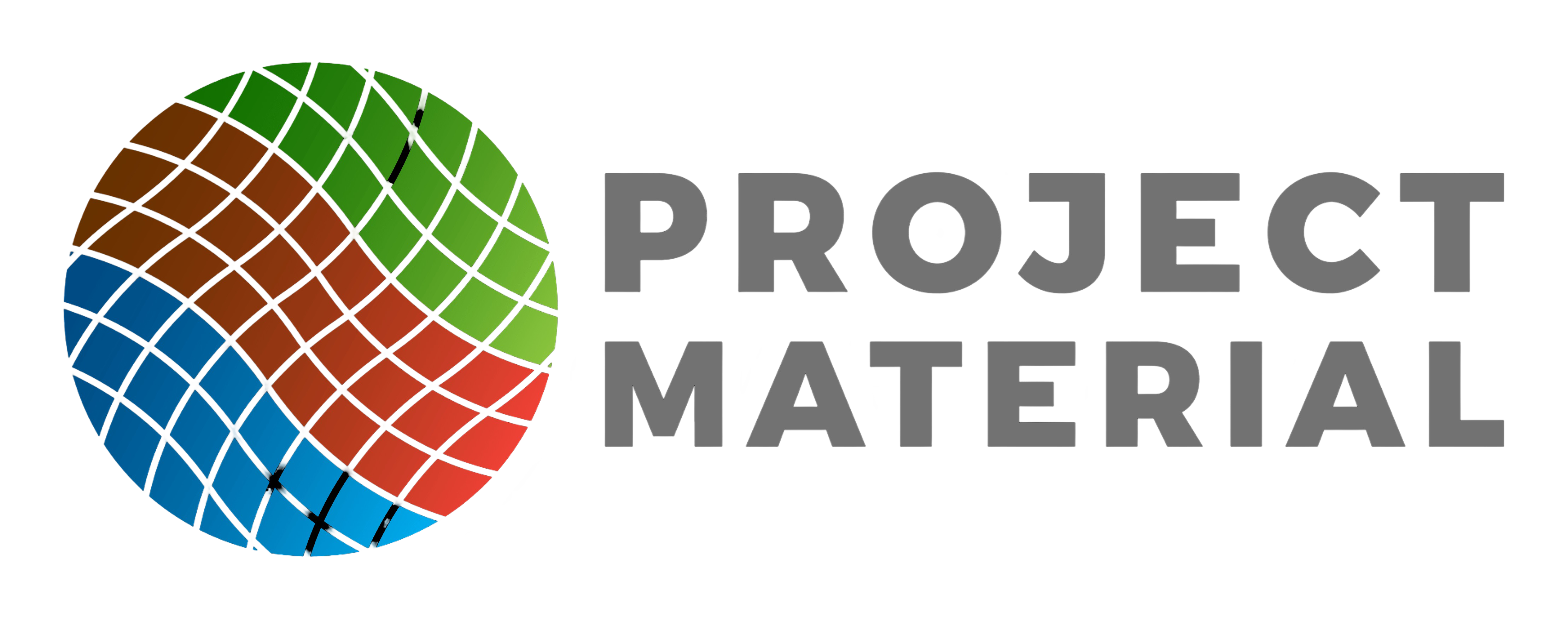

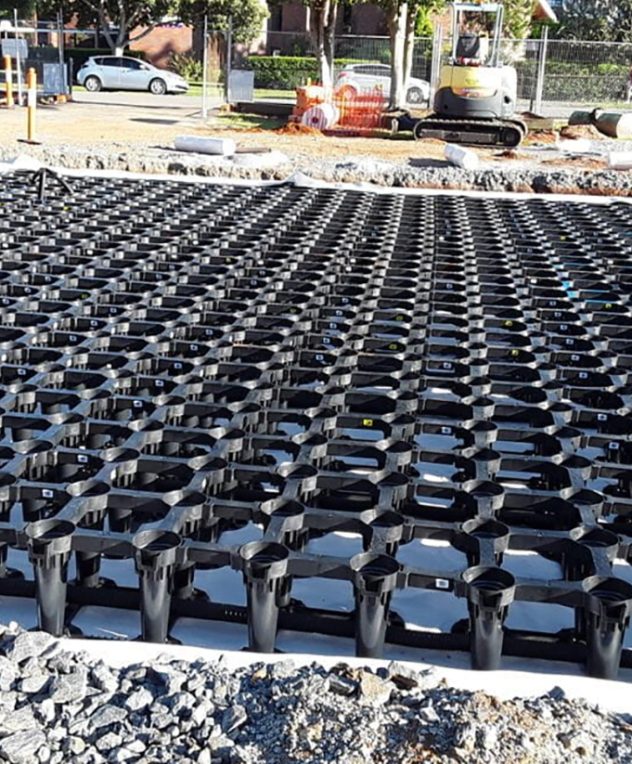
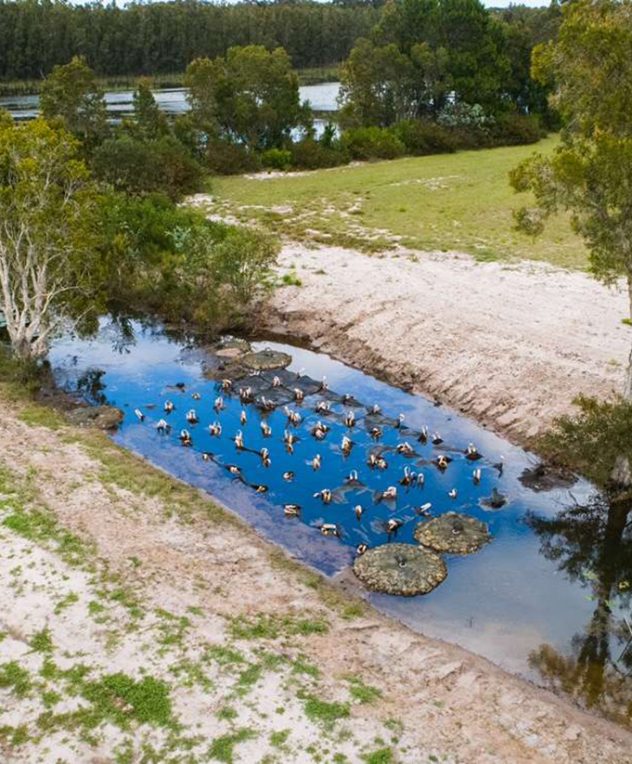
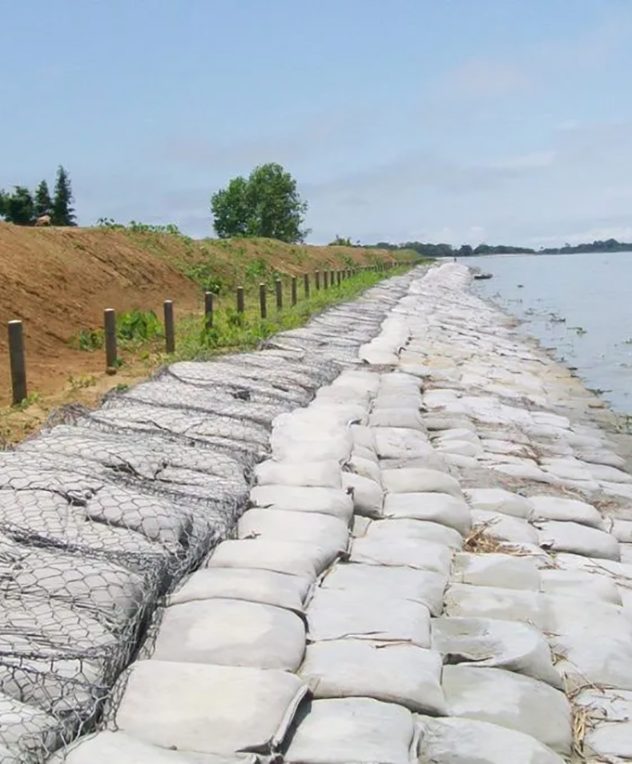
Leave a Reply